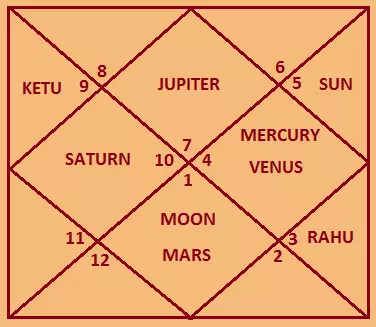Shakey Samvat Year

Best Astrologer in India: - Dr.A.S.Kalra


Shakey Samvat Year in Indian Hindu Calendar
Shakey Samvat (more commonly known as Shaka Samvat) is one of the traditional Indian calendar systems and holds an important place in the Indian Hindu Calendar as well as in Indian Vedic Astrology. It is also the official civil calendar of the Government of India.
Origin of Shaka Samvat
The Shaka Samvat was initiated by the legendary ruler Shalivahana after defeating the Shaka invaders. The calendar began in 78 CE, which means that the Shaka year is approximately 78 years behind the Gregorian calendar.
For example, the Gregorian year 2025 corresponds to Shaka Samvat 1947 (depending on the specific lunar or solar month).
Structure of the Shaka Calendar
- The Shaka calendar is a lunisolar calendar, meaning it is based on lunar months but adjusted according to solar seasons.
- The year begins with the month of Chaitra (March–April), starting from the day after the Spring Equinox.
- There are 12 months: Chaitra, Vaishakha, Jyeshtha, Ashadha, Shravana, Bhadrapada, Ashwin, Kartika, Margashirsha, Pausha, Magha, and Phalguna.
- To synchronize with the solar year, an extra month called Adhik Maas is added approximately every 3 years.
Importance in Indian Vedic Astrology
- Panchang Calculations: Daily astrological calendars or Panchangs often refer to the Shaka Samvat year for marking Tithi, Nakshatra, and Yoga.
- Government Recognition: The Shaka calendar was adopted as the national calendar of India in 1957 for official purposes, aligning with the Gregorian calendar dates.
- Muhurta Selection: For astrological timing of important events like weddings and Graha Pravesh, the Shaka year is one of the references used by astrologers.
Difference Between Shaka Samvat and Vikram Samvat
- Starting Year: Shaka Samvat begins in 78 CE, while Vikram Samvat begins in 57 BCE.
- Year Gap: Shaka Samvat is about 135 years behind Vikram Samvat.
- Regional Use: Shaka Samvat is more prevalent in South and Western India and for official purposes, whereas Vikram Samvat is widely used in North India for religious and astrological purposes.
Usage in Daily Life
Though the Gregorian calendar is dominant for civil and international use, the Shaka Samvat continues to be used officially in Indian gazettes, calendars, All India Radio bulletins, and for traditional purposes in parts of India.
Conclusion
The Shakey Samvat or Shaka Samvat is an integral part of India's timekeeping tradition and Vedic astrology. With its deep historical roots and continued relevance in both government and religious life, it represents the blend of astronomical accuracy and cultural heritage in the Indian Hindu calendar system.
